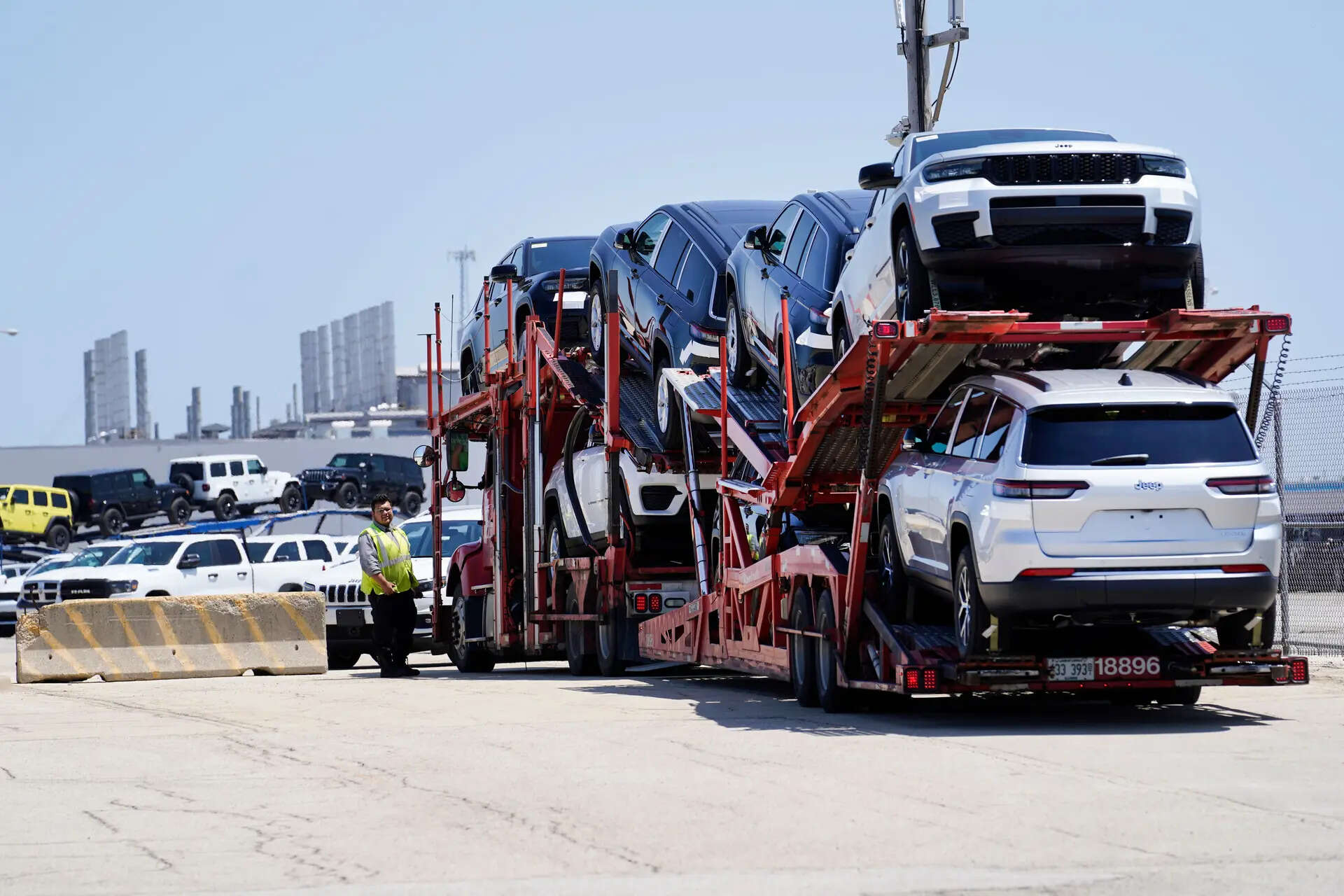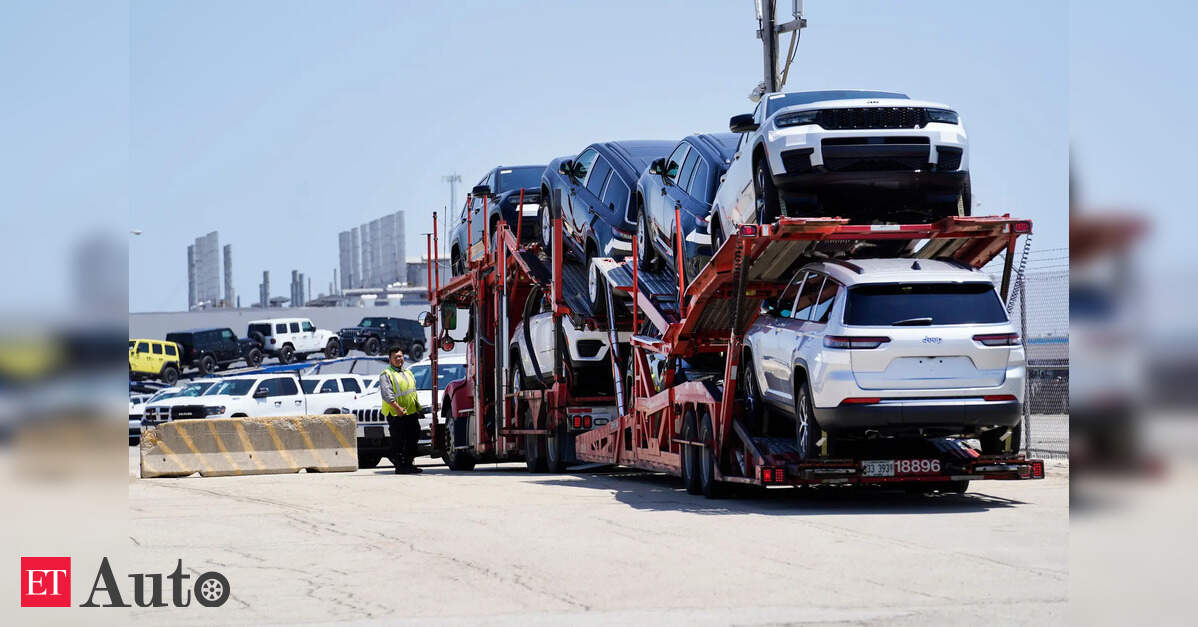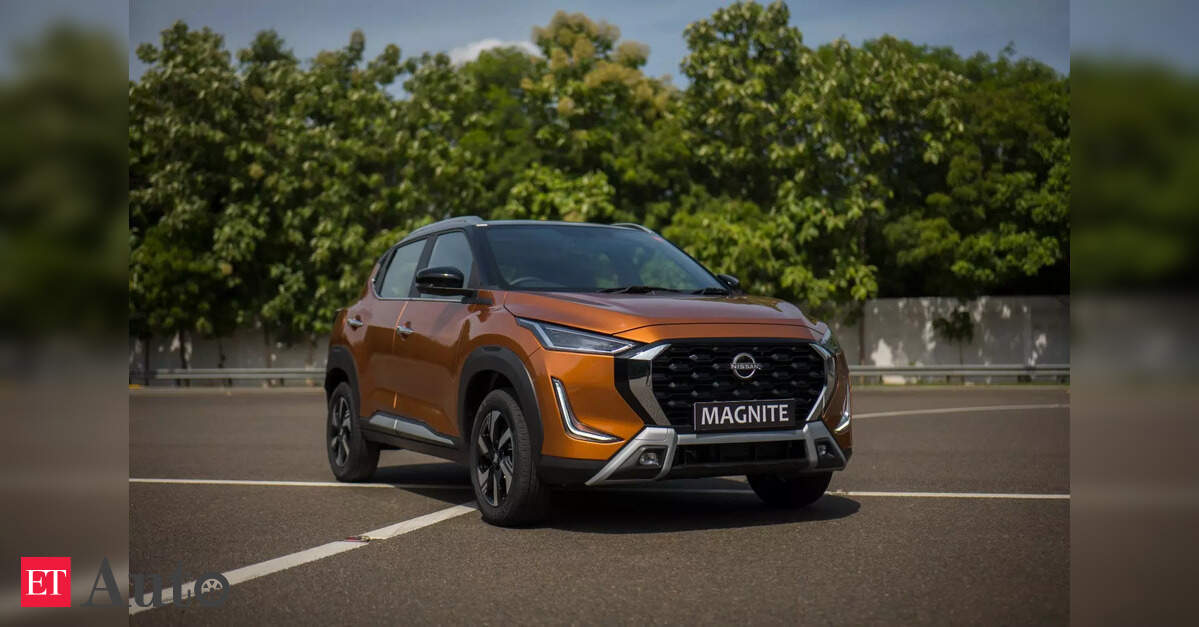 Stellantis is shifting Jeep Compass production from Canada to the United States, abandoning plans to reopen a Brampton, Ontario factory.
Stellantis is shifting Jeep Compass production from Canada to the United States, abandoning plans to reopen a Brampton, Ontario factory.Stellantis, the giant automaker, is abandoning plans to reopen a factory in Canada and is shifting production to the United States, a move that deals a blow to a key Canadian industry and reflects the fallout from President Donald Trump’s tariff policy.
The decision is part of a $13 billion, four-year investment announced by Stellantis on Tuesday to significantly ramp up production in the United States.
Antonio Filosa, Stellantis’ CEO, said the plans follow “very productive talks with the Trump administration” and described the deal as the largest investment in the company’s 100-year history in the United States.
Stellantis had been planning to produce its Jeep Compass vehicle at a plant in Brampton, Ontario, west of Toronto. The company closed the factory in 2023 and laid off its roughly 3,000 workers as it retooled the facility.
Stellantis said it would instead make the vehicle at a plant in Illinois that had also been idle since 2023, creating 5,000 new jobs.
Trump, who has imposed 25 per cent tariffs on Canadian autos, has said he wants to move vehicle production back to the United States to help revive domestic manufacturing jobs.
The tariffs he applied would likely make it too expensive to produce cars in Canada, Trump said during a meeting in May with Canadian Prime Minister Mark Carney. “We don’t really want cars from Canada.”
Stellantis’ decision underscores the challenge Canada faces because — unlike other countries — it has been unable to negotiate a trade deal with the Trump administration, and tariffs can inflict heavy damage on an economy dependent on exports to the United States.
Carney said the move by Stellantis was “a direct consequence of current US tariffs.” He said his government was “focused on what we can control,” pointing to recent economic relief strategies, including a 5 billion Canadian dollar ($3.6 billion) emergency fund for industries hardest hit by tariffs.
Canadian officials have tried to make the case to US officials that the auto industries in both countries are deeply integrated, with parts moving back and forth across the border multiple times as part of the assembly of vehicles.




